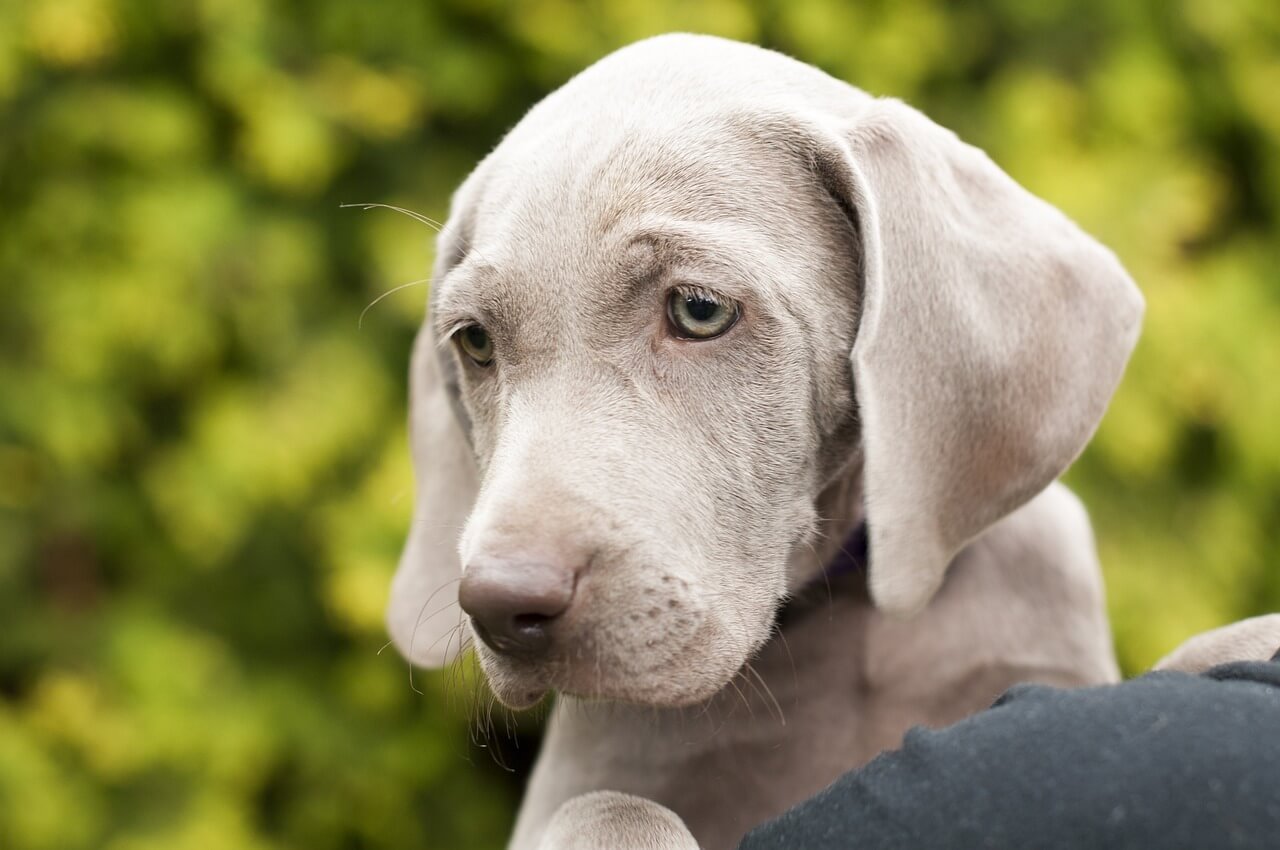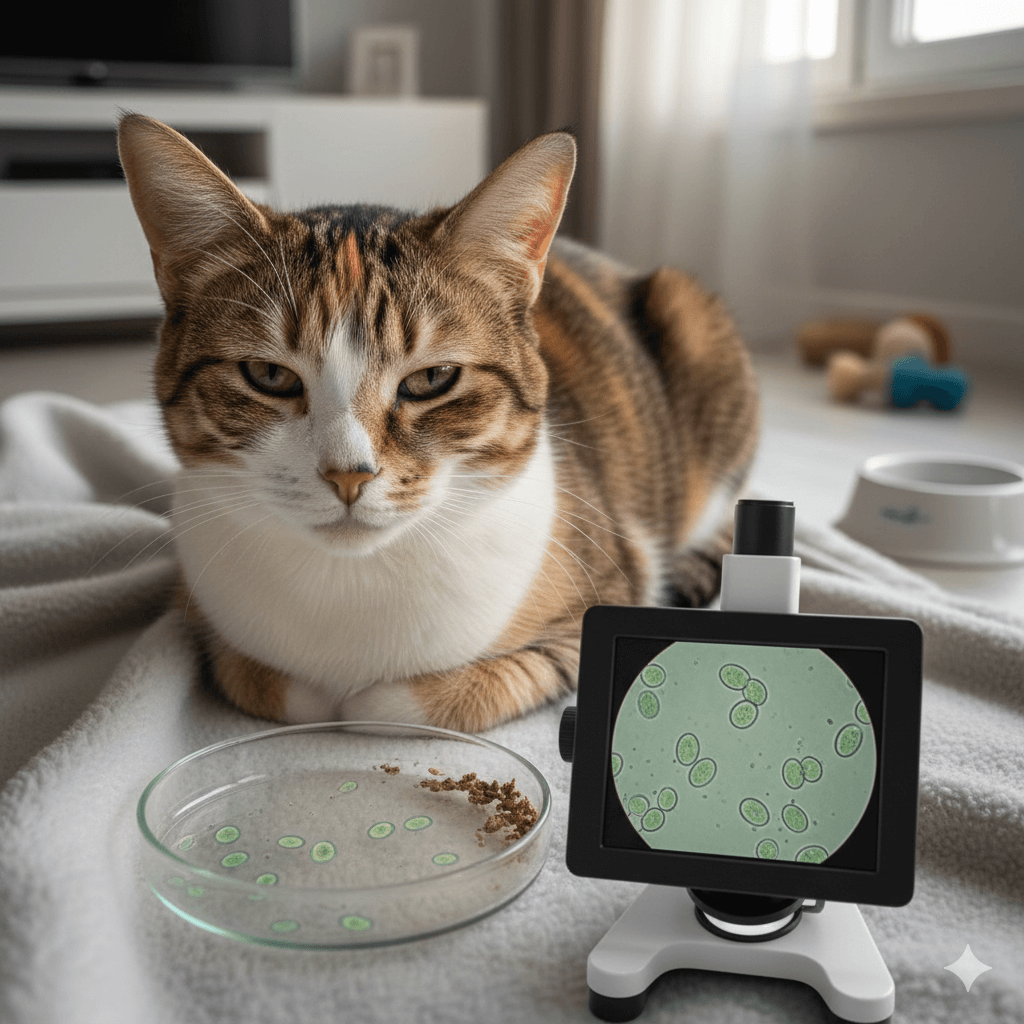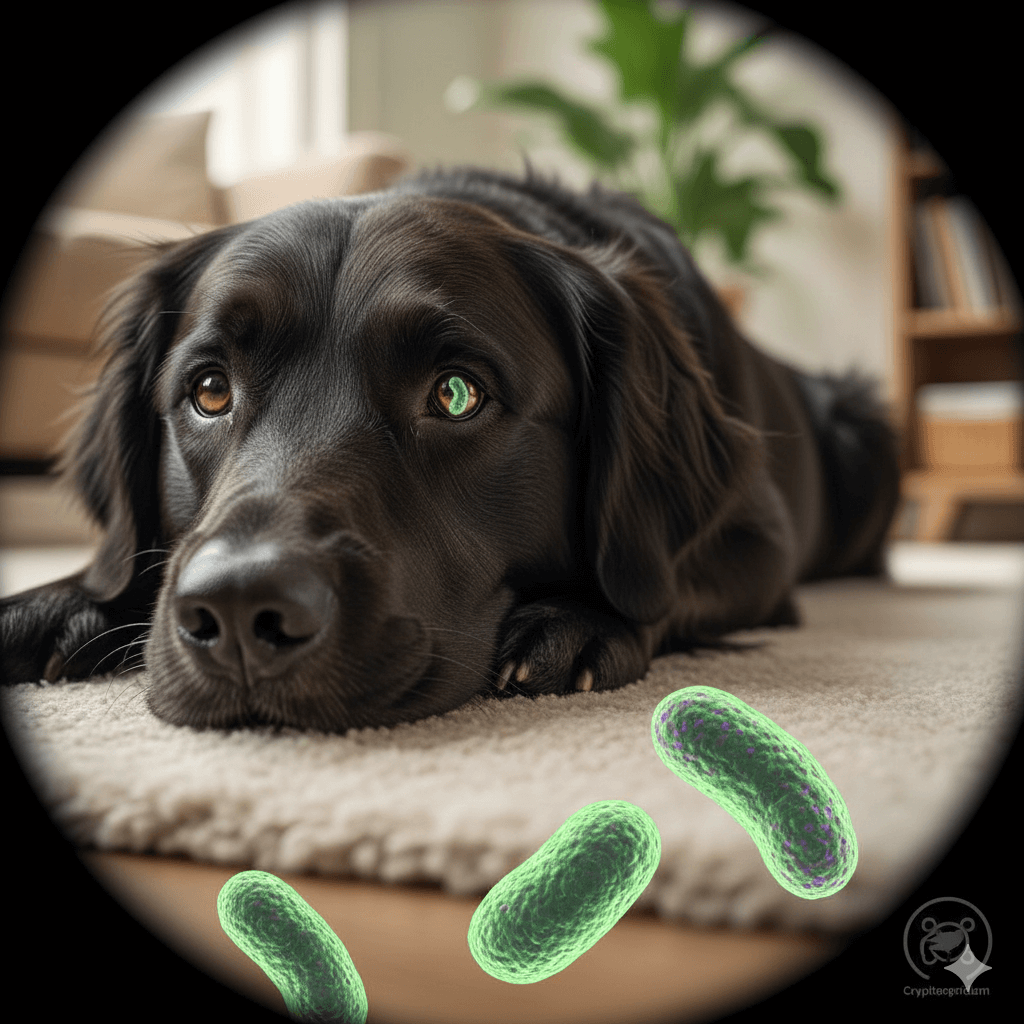Swollen Dog Paw: Causes, Symptoms, and Treatment
A swollen dog paw can be a source of discomfort for your furry friend and concern for you as a pet owner. Whether it’s due to an injury, infection, or allergic reaction, identifying the cause is crucial to providing proper care. Dogs rely heavily on their paws for mobility and exploration, making them vulnerable to various issues. Understanding the signs, symptoms, and treatment options for a swollen paw ensures your dog gets the attention they need to recover quickly. Let’s explore everything you need to know about this common yet manageable problem.
Common Causes of Swollen Dog Paws
Swollen paws in dogs can result from a variety of factors, ranging from minor irritations to more serious conditions. Identifying the underlying cause is the first step toward effective treatment.
Foreign Objects:
Sharp objects like thorns, splinters, or glass can become lodged in your dog’s paw pad, causing swelling and discomfort.Allergic Reactions:
Environmental allergens, such as pollen or chemicals, may lead to inflammation and swelling in your dog’s paws.Infections:
Bacterial or fungal infections can develop if your dog’s paw is injured or exposed to contaminated surfaces.Trauma or Injury:
Sprains, fractures, or cuts can occur during play or outdoor activities, leading to swelling and pain.Arthritis or Joint Issues:
Older dogs or those with joint problems may experience swelling due to underlying conditions like arthritis.
Understanding these causes helps you take swift action to address your dog’s discomfort and prevent further complications.

Signs Your Dog May Have a Swollen Paw
Recognizing the symptoms of a swollen paw allows you to intervene early and provide relief for your dog. Keep an eye out for these telltale signs.
Limping or Favoring One Paw:
If your dog is avoiding putting weight on a specific paw, it could indicate swelling or pain.Excessive Licking or Chewing:
Dogs often lick or chew at their paws to soothe irritation, which can worsen the condition if left unchecked.Redness or Warmth:
A swollen paw may appear red or feel warm to the touch, signaling inflammation or infection.Visible Swelling or Bumps:
Obvious puffiness or lumps on the paw are clear indicators of an issue that needs attention.Behavioral Changes:
Increased irritability, lethargy, or reluctance to engage in physical activity may point to discomfort caused by a swollen paw.
By staying vigilant and observing these signs, you can identify problems early and seek appropriate care for your dog.
Check this guide 👉Bee Sting Dog Paw Treatment: Best 7 Expert Tips!
Check this guide 👉Understanding Dog Swollen Mouth One Side: Best 7 Tips!
Check this guide 👉Dog Paws Red Between Toes: Best 7 Expert Tips!
Preventive Measures for Swollen Paws | Treatment Options for Swollen Paws |
|---|---|
Regularly inspect your dog’s paws | Clean the affected area with mild soap |
Avoid walking on rough or hot surfaces | Apply a cold compress to reduce swelling |
Use protective booties outdoors | Administer prescribed antibiotics for infections |
Keep nails trimmed to prevent injuries | Provide pain relief medication as advised by a vet |
Monitor for allergies or irritants | Rest the paw and limit physical activity during recovery |
How to Treat a Swollen Dog Paw at Home
While some cases of swollen paws require veterinary attention, mild issues can often be managed at home with proper care. Follow these steps to help your dog feel better.
Inspect the Paw Carefully:
Check for foreign objects, cuts, or signs of infection. Remove any visible debris using sterilized tweezers.Clean the Area Thoroughly:
Gently wash the paw with lukewarm water and a pet-safe cleanser to remove dirt and bacteria.Apply a Cold Compress:
Use a clean cloth soaked in cold water to reduce swelling and numb pain. Do this for 5-10 minutes at a time.Use an Elizabethan Collar (E-Collar):
Prevent your dog from licking or chewing the swollen area by using a cone or similar deterrent.Monitor for Improvement:
Keep an eye on the paw over the next 24-48 hours. If the swelling doesn’t improve, consult your veterinarian promptly.
With these steps, you can provide immediate relief while ensuring your dog’s condition doesn’t worsen.
When to See a Veterinarian for a Swollen Paw
While many swollen paws can be treated at home, certain situations warrant professional medical attention. Knowing when to seek help ensures your dog receives the care they need.
Persistent Swelling:
If the swelling doesn’t subside after a day or two, it may indicate a deeper issue requiring veterinary diagnosis.Severe Pain or Limping:
Excessive pain or inability to walk suggests a serious injury, such as a fracture or ligament tear.Signs of Infection:
Pus, foul odor, or worsening redness around the paw signals a possible bacterial or fungal infection.Unexplained Bumps or Growths:
Abnormal growths or cysts on the paw should be evaluated by a vet to rule out tumors or other conditions.Allergic Reaction Symptoms:
Swelling accompanied by hives, vomiting, or difficulty breathing indicates a severe allergic reaction that requires emergency care.
Prompt veterinary intervention can prevent complications and ensure your dog’s speedy recovery.
Preventive Care Tips for Dog Paws
Proactive measures can go a long way in preventing swollen paws and keeping your dog comfortable year-round. These tips will help safeguard your dog’s paws from common hazards.
Regular Paw Inspections:
Make it a habit to check your dog’s paws weekly for cuts, cracks, or embedded debris.Moisturize Dry Pads:
Use a pet-safe paw balm to keep the pads hydrated, especially during dry or cold weather.Avoid Hot Surfaces:
Walk your dog during cooler times of the day to avoid burns from hot pavement or sand.Trim Hair Around Paws:
Excess fur between the paw pads can trap dirt and moisture, increasing the risk of irritation or infection.Use Protective Booties:
Invest in durable booties to shield your dog’s paws from rough terrain, snow, or chemicals.
Taking these preventive steps reduces the likelihood of swollen paws and promotes overall paw health.
Natural Remedies for Swollen Paws
If you prefer natural solutions, several remedies can help soothe your dog’s swollen paw safely and effectively. Always consult your vet before trying new treatments.
Aloe Vera Gel:
Apply pure aloe vera gel to reduce inflammation and promote healing, but ensure your dog doesn’t lick it off.Coconut Oil:
This natural moisturizer can soothe dry or irritated paw pads while providing antibacterial benefits.Chamomile Tea Compress:
Soak a cloth in cooled chamomile tea and apply it to the paw to reduce swelling and calm irritation.Turmeric Paste:
Mix turmeric powder with water to create a paste that can reduce inflammation when applied topically.Epsom Salt Soak:
Dissolve Epsom salt in warm water and soak your dog’s paw for 5-10 minutes to relieve pain and swelling.
Natural remedies offer gentle alternatives for treating mild cases of swollen paws.
Behavioral Changes Linked to Swollen Paws
Swollen paws can affect more than just your dog’s physical health—they may also influence their behavior. Recognizing these changes helps you address the root cause and provide comfort.
Increased Aggression:
Pain from a swollen paw may make your dog more irritable or defensive, especially when touched.Reduced Appetite:
Discomfort or stress from the swollen paw might lead to a temporary loss of interest in food.Avoidance of Play:
Dogs with swollen paws often shy away from activities they normally enjoy, such as running or playing fetch.Excessive Sleeping:
Your dog may sleep more than usual as a way to cope with pain or fatigue from limited mobility.Seeking Attention:
Some dogs may whine, nudge, or follow you around to signal their discomfort and ask for help.
Understanding these behavioral shifts allows you to respond compassionately and ensure your dog feels supported during recovery.
FAQ
What should I do if my dog’s paw is swollen?
Inspect the paw for injuries, clean it gently, and apply a cold compress. If the swelling doesn’t improve, consult a vet.
Can allergies cause swollen dog paws?
Yes, allergies to food, pollen, or other environmental factors can lead to paw swelling.
How long does it take for a swollen paw to heal?
Healing time varies depending on the cause. Minor issues may resolve in a few days, while infections or injuries may take longer.
Are swollen paws a sign of a serious problem?
Not always, but persistent or severe swelling could indicate an underlying condition that requires veterinary attention.
Can I use human medications on my dog’s swollen paw?
No, human medications can be toxic to dogs. Always consult a vet before administering any treatment.
Caring for Your Dog’s Swollen Paw
A swollen dog paw may seem like a minor issue, but it can significantly impact your pet’s comfort and mobility. By understanding the causes, recognizing the symptoms, and taking prompt action, you can help your dog recover quickly and prevent future problems. Whether through at-home remedies or professional veterinary care, prioritizing your dog’s paw health ensures they remain happy, active, and pain-free. Remember, your dog’s paws are essential tools for exploring the world—keeping them healthy is one of the best ways to show your love and care.
Understanding Cryptosporidium in Cats: Best 7 Expert Tips! – Spot symptoms, treat safely, and stop parasite spread in your home.
Understanding Cryptosporidium in Dogs: Best 7 Expert Tips! – Learn symptoms, treatment & prevention for this stubborn gut parasite.
Understanding Syringomyelia in Cats: Best 7 Expert Tips! – Recognize signs, manage pain, and support your cat’s neurological health with vet-backed guidance.
Understanding Syringomyelia in Dogs: Best 7 Expert Tips! – Expert insights on symptoms, MRI diagnosis, pain management & quality of life.





